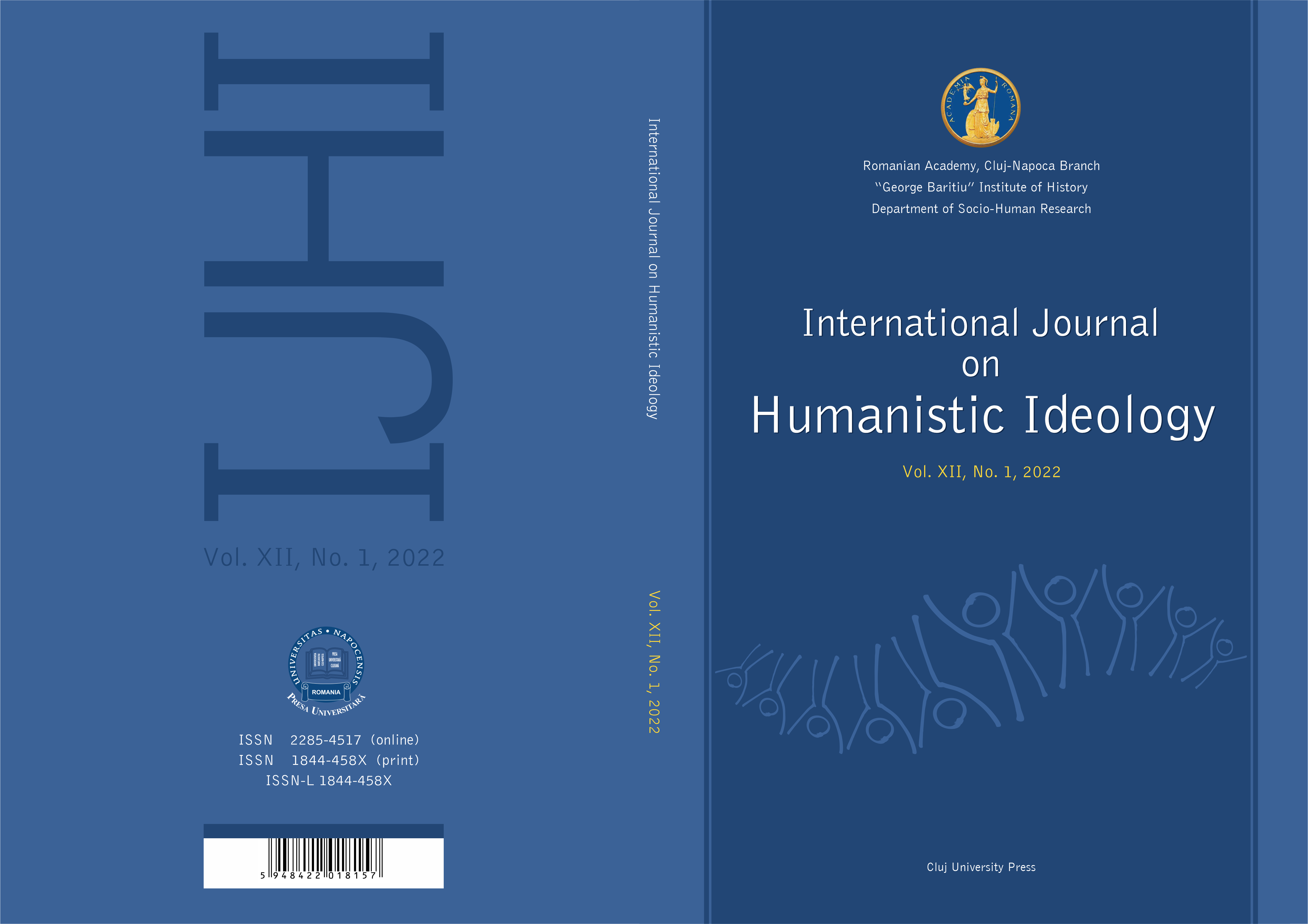Répétition et discours intérieur à propos de "La dernière bande" de Samuel Beckett
Repetition and Inner Speech in Krappʼs "Last Tape" by Samuel Beckett
Author(s): Dominique MarinSubject(s): Fiction, Psychoanalysis
Published by: Presa Universitara Clujeana
Keywords: inner discourse; repetition; epanorthosis; self; residue;
Summary/Abstract: According to Bruno Clement, epanorthosis is present throughout Beckett’s works. His play Krapp’s Last Tape might be its major representation. Epanorthosis is a literary device which consists in reconsidering what one has just expressed, either to express faint differences, to weaken it, even to go back on it or, on the contrary, to express it even more strongly . Another literary technique contemporaneous with Freud’s discovery of the unconscious, the inner discourse is an inherent part of the structure of the play. What is repeated when one says to oneself: “I told myself…?” Who is speaking? To what extent is it possible to say “myself”? Krapp’s Last Tape, this long inner discourse, read here step by step, allows to determine what hinders the one who speaks in saying what they are trying to say: their obscure part of jouissance, that is absent from language but serves the social link.
Journal: International Journal on Humanistic Ideology
- Issue Year: XII/2022
- Issue No: 1
- Page Range: 15-28
- Page Count: 14
- Language: French

